How to water your lawn
Here in the UK, we get plenty of rain so watering your lawn is probably not too high on your priority list, but knowing how to water your lawn is an essential part of caring for it.
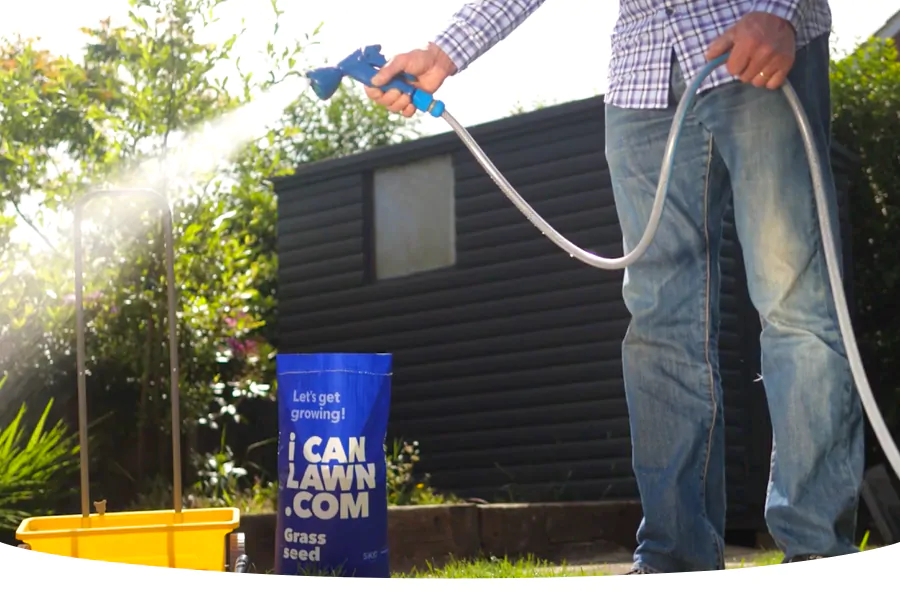
Watering a new lawn
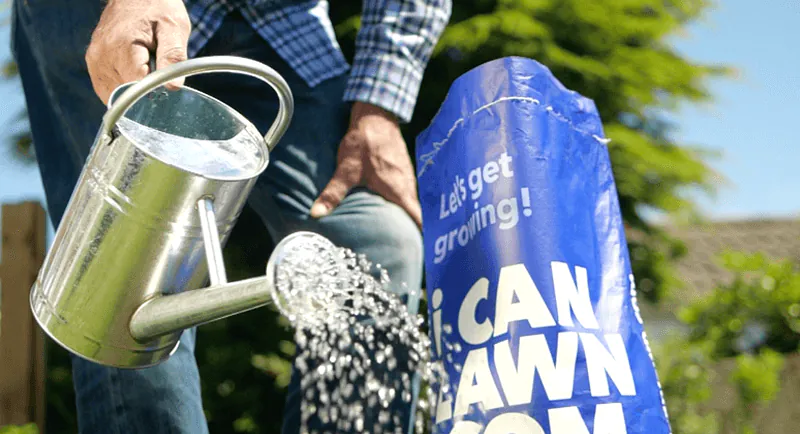
You can water your lawn using a watering can for a small area or a garden hose.

For large areas, you may want to use a timed sprinkler.
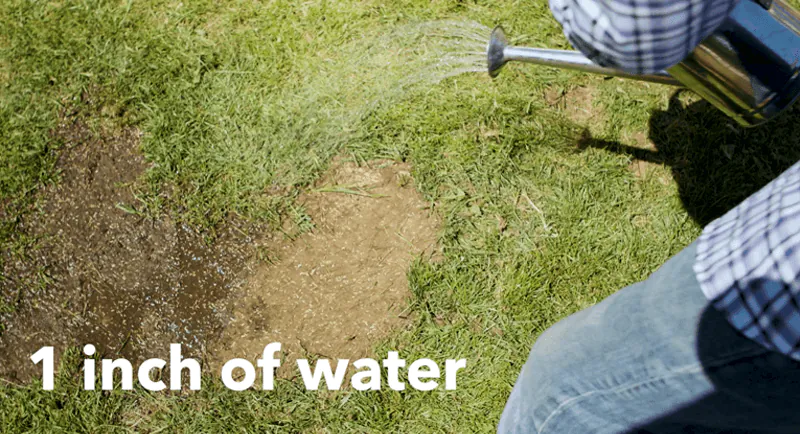
You should water your new lawn or recently overseeded lawn once a day daily and deeply for the first 6-8 weeks after sowing. To water your grass deeply means for all areas of your lawn to receive 1 inch of water.

It is important during this time to keep the soil and your seedlings moist, as this will help your grass grow. If you leave your seedlings to grow in dry conditions – it will not produce successful results.

The soil should always feel damp throughout this time, and not feel dry to the touch.
Next, let's learn how to water an existing lawn.
Watering an existing lawn
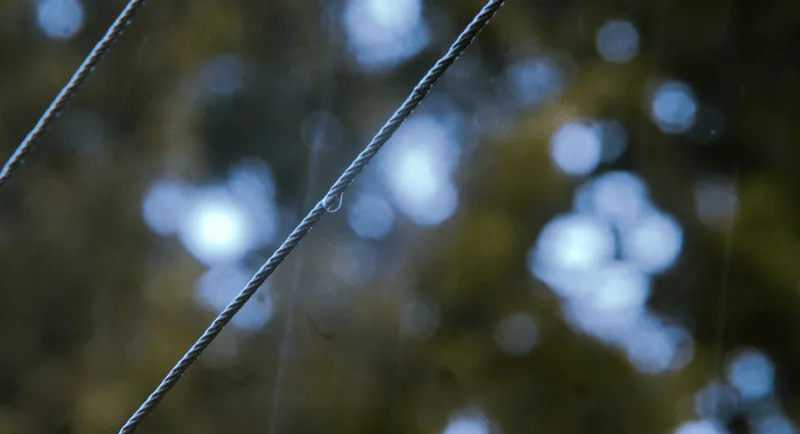
Due to the generous amount of rain we receive in the UK watering your lawn is not necessary throughout much of Autumn, Winter and sometimes even early Spring.

However, if we go through a drought or heatwave when there is weeks of no rainfall, your watering regime will need to change. Grass can begin to appear yellow or straw like, and this is an indication that it needs watered.
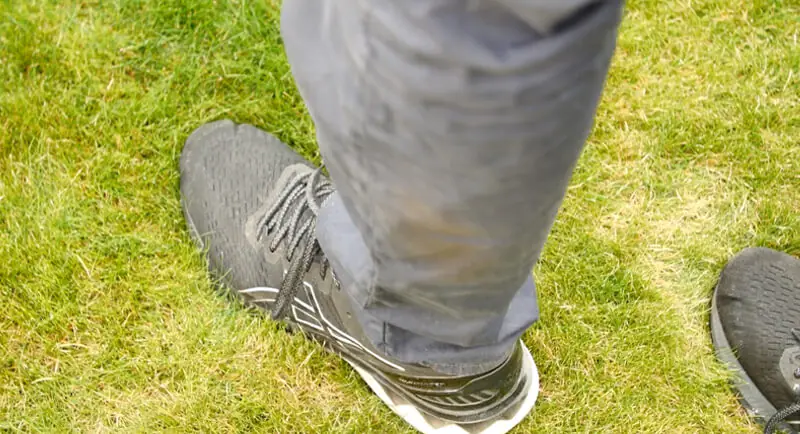
A quick test you can do to check how much water your lawn needs is the Bounce Back test.

Step on your grass and off again and see if your grass ‘bounces back’ or stays flat. If it stays flat, your grass needs water.

You should aim to water the lawn deeply between 10 – 14 days apart ensuring all areas receive an inch of water. This intermittent watering helps the lawn to build resilience and create a thirst for the water.



